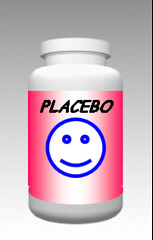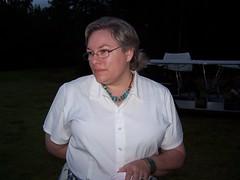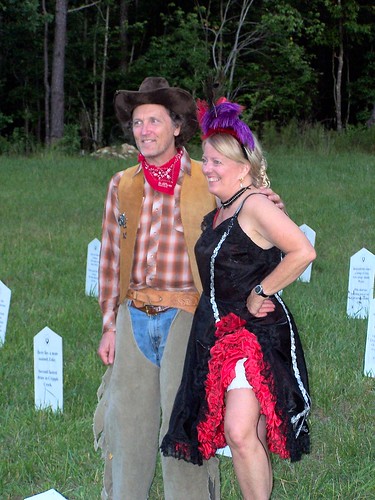
From "SUNBREAK CITY: I don't..."
...understand the word diversity as it is used in the school system, higher ed. and legal circles. The goal of learning institutions is to make us the same not more diverse: delay gratification, study, take care of yourself, pursue attainable goals that lie yet in the future; in short, to make us middle class. The middle class is recognizable all over the world: get to bed at a reasonable hour, be on time for work or school, do your best, save, study, plan for the future, excercise some discipline in your life, try to make wise choices.
A quibble: I think he is just a bit off base on education. The goal is not to make us all the same; the goal is to make us all sensible, reasonable, well-educated and successful. Making us all more nearly the same is a by-product, not the goal.
Tolstoy wrote that "All happy families are like one another; each unhappy family is unhappy in its own way." Similarly we can observe that there are only a few ways to be sensible but there are countless millions of ways to be a damn fool. Thus the tendency of good education to produce a degree of homogeneity in its students.
It is neither possible nor desirable for that homogeneity to be perfect. If everyone came out of school exactly the same then their experiences in life would be the result of random chance from which no conclusions could be drawn. No one could ever learn anything and no one could ever teach anything. Societal progress would stop.
On the other hand, in a society without a large degree of similarity between its members one also can't draw any conclusions from life experiences. There are too many variables in play. Again, no one could ever learn anything and no one could ever teach anything.
[Jeez, I'm being long-winded today. Zzzzzzzz. Sorry, I'll try to find my way to the end quickly...]
In theory, at least, the notion that diversity should be "celebrated" arose as a reaction to perceptions of intolerance. The problem is that the opposite of intolerance is tolerance, not celebration. There is another word I like much, much better than diversity to capture the need for a degree of experimentation in the way we lead our lives. This other word does not have the open-ended rejection of norms and standards that makes diversity so toxic. In fact it depends on them.
Celebrate eccentricity!

 If you read the literture of medical research you will find that the very best studies of the effects of drugs and nutritional supplements will always involve comparing the item being tested against the same standard: a "Placebo". Whether the study is to see if the newest, multi-million dollar anti-cancer drug is effective against cancer of the pancreas, or to see if ginger capsules are helpful with motion sickness the treatment given to the control group will be a placebo. If that anti-cancer drug can be shown to be vastly better than the placebo the drug company will be jubilant -- because, in many cases that "placebo" is pretty dang good.
If you read the literture of medical research you will find that the very best studies of the effects of drugs and nutritional supplements will always involve comparing the item being tested against the same standard: a "Placebo". Whether the study is to see if the newest, multi-million dollar anti-cancer drug is effective against cancer of the pancreas, or to see if ginger capsules are helpful with motion sickness the treatment given to the control group will be a placebo. If that anti-cancer drug can be shown to be vastly better than the placebo the drug company will be jubilant -- because, in many cases that "placebo" is pretty dang good.



